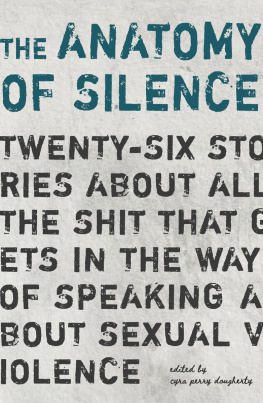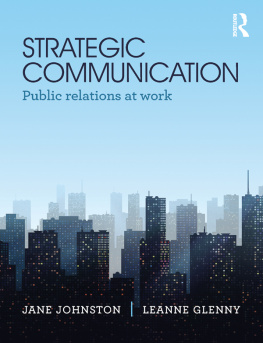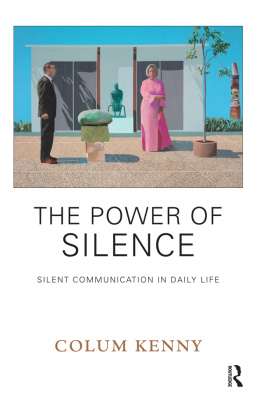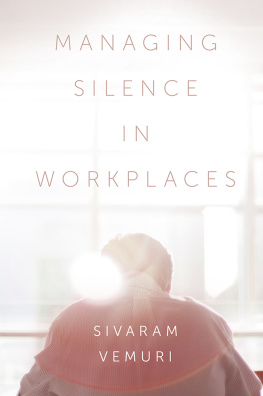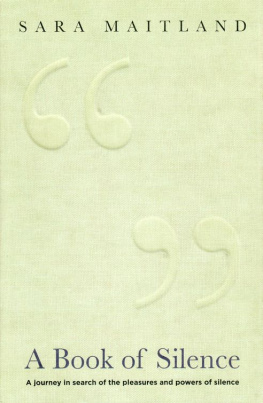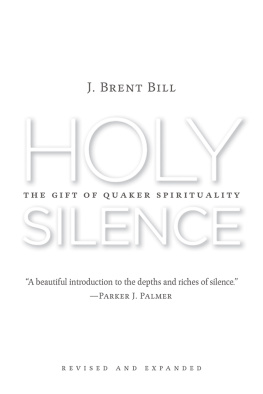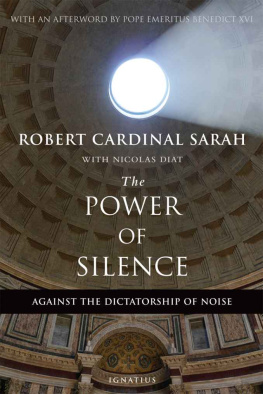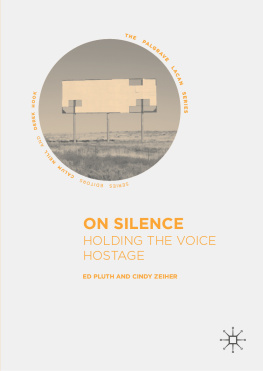First published 2018
by Routledge
2 Park Square, Milton Park, Abingdon, Oxon OX14 4RN
and by Routledge
711 Third Avenue, New York, NY 10017
Routledge is an imprint of the Taylor & Francis Group, an informa business
2018 Roumen Dimitrov
The right of Roumen Dimitrov to be identified as author of this work has been asserted by him in accordance with sections 77 and 78 of the Copyright, Designs and Patents Act 1988.
All rights reserved. No part of this book may be reprinted or reproduced or utilised in any form or by any electronic, mechanical, or other means, now known or hereafter invented, including photocopying and recording, or in any information storage or retrieval system, without permission in writing from the publishers.
Trademark notice: Product or corporate names may be trademarks or registered trademarks, and are used only for identification and explanation without intent to infringe.
British Library Cataloguing in Publication Data
A catalogue record for this book is available from the British Library
Library of Congress Cataloging in Publication Data
Names: Dimitrov, Roumen, 1956 author.
Title: Strategic silence : public relations and indirect communication /
Roumen Dimitrov.
Description: Abingdon, Oxon ; New York, NY : Routledge, 2018. |
Includes bibliographical references and index.
Identifiers: LCCN 2017020372 (print) | LCCN 2017034082 (ebook) |
ISBN 9781315657851 (eBook) | ISBN 9781138100039 (hardback : alk. paper)
Subjects: LCSH: Public relations. | Communication.
Classification: LCC HM1221 (ebook) | LCC HM1221 .D56 2018 (print) |
DDC 659.2dc23
LC record available at https://lccn.loc.gov/2017020372
ISBN: 978-1-138-10003-9 (hbk)
ISBN: 978-1-315-65785-1 (ebk)
Typeset in Times New Roman
by Wearset Ltd, Boldon, Tyne and Wear
Part V
Strategic silences
Part VII
Conclusions
Is strategic silence simply strategic inaction, hiding something from someone, not telling the truth, overall bad thing? Or it is a more complex concept and central to the PR theory and PR practice as Rumen Dimitrov argues in his ground-breaking publication Strategic Silence: Public Relations and indirect communication? After reading the book, one is left definitely with a new understanding and vision on the enormous power of silence in communication silence of public relations about its silences, the relation between strategy and silence, silence and indirect communication and strategic silences in plural.
Irina Bokova, Director-General, UNESCO
This book shows that much remains to be done in the field of strategic communication, since for the first time silence as indirect communication and its fitting in the strategical dimension are analysed in detail. Dimitrovs work is not only pioneering; it is the most innovative and critical essay published in recent years. From a broader perspective, it is already an indispensable book for communication theory.
Jordi Xifra, Professor, Pompeu Fabra University, Barcelona, Spain
16
Strategic ambiguity
The Hon. Antony Albanese is the politician who has possibly issued the shortest ever news release. His statement from 26 February 2015 contains one single word: Good (see ). Its headline, though, is longer: Media Statement on News That Sydney Airport Corporation Chairman Max Moore-Wilton Plans To Retire.

Media release of MP Anthony Albanese.
Source: http://anthonyalbanese.com.au/media-statement-on-max-moore-wilton-retirement
To make sense of the release, one has to be familiar with its context. It suffices to say here that the Australian MP and Labor shadow minister Antony Albanese had a long history of political and personal animosity with the retiring Sydney Airport Corporation chairman. It dates back to when Albanese was transport minister and the resistance of the chairman to a second airport in Sydney. The Airport Corporation has the right but also obligation to be the first bidder the government should approach for undertaking such a project.
The message is in the layout. It is not only in the word Good, but also in the blank around it. Spatial silence replaces the text body. The shadow minister uses visual iconicity . In the concrete poetry , for example, the meaning of a word or phrase is not only lexical-semantic but also visual-iconic. In his verse Silence, Eugen Gomringer repeats that word many times in five consecutive lines. The verse looks like a wall, the bricks of which are made from the word silence. He leaves an empty space only in the middle of the third line. There, in the hole in the wall, so to speak, silence appears in the blank, as an optical illusion, through its absence (Gomringer, 1954).
In iconicity, not only signs become words but also words become signs. Signs become semiotic. They are linguistic and iconic. Images as spatial signs introduce sound imitation and symbolism, multidimensional order and metalanguage (Ephratt, 2005). Gomringers poetry speaks not about silence but through silence (Ephratt, 2008). Like in concrete poetry, the silence of Albanese says not less but more than his word Good. It is not the word that is the figure and the silence the background. The opposite takes place. The silence is the figure and the word the background.
Good is also strategically ambiguous. Only silence can carry its equivocal inferences. On the one hand, it looks absentmindedly disinterested. A nod in energy-saving mode, a tick. Being polite to the extent of formulaic. An innocuous, almost irrelevant gesture. On the other hand, Albanese lets pass his ill-concealed satisfaction. He breathes a sigh of relief in a lets-get-over-it fashion. His message, Lets not talk about, is purposefully ambiguous. One possible meaning is that he has been above the fray. Now, that it is over, he is cool. It is beneath him to talk about someone who is about to go. Another likely meaning still aims at the former adversary. An unremarkable event. Or the person in the event. He was almost absent in his presence. Why should I make him present in his absence?
As indirect communication, strategic ambiguity takes chances. But it is calculated, too. In his release, Albanese targets an elite of journalists and policy wonks who know, too well, the history of his rivalry with Moore-Wilton. It is rather embarrassing to add anything for them. As a career politician, he has staunch friends and enemies among them. It is unlikely that he would change their opinion.
What he cannot resist, however, is to earn more free media. Through iconicity and ambiguity, he can craft a message that is subtle but sticks (Heath & Heath, 2007). He can surprise and amuse them without reheating an unimpressive and tacky story. Everyone can make sense of what has not been said. Leaving to them to recall (or not) the airport saga, he does not patronise them with petty gloating. At the same time, he allows them to own it as they wish, but also to bring closure to it.
Strategic ambiguity is an application of silence as discursive strategy (van Dijk, 1997). As a mode of being, silence is ambivalent. Public communication is largely between strangers. Silence can render the strange understandable (Schwartzman, 1987, p. 10). Silence is also polyvalent (polyphone, in Bakhtins language). Polyvalence is more than duality double meaning, binary or opposition. It opens up signs and messages to a multitude of interpretations by various publics, each of which is occupying a plurality of positions. In strategic ambiguity, we are silent by not reducing our message to a clear-cut, explicit meaning, which we believe to reflect our or someone elses only true perspective. We do not leave the listeners with no choice: Take it or leave it. We invite (though also guide) them to work it out for themselves.



